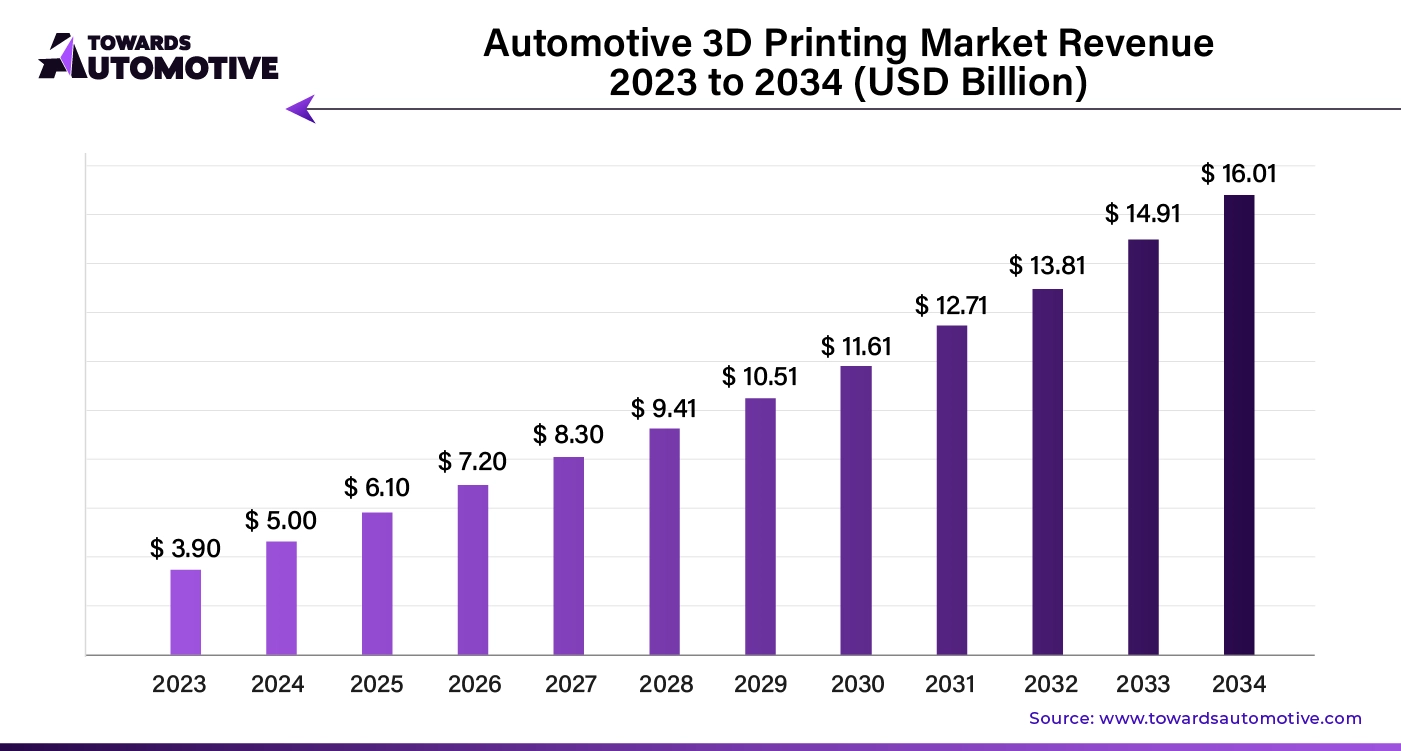The Role of AI in 3D Printing in the Automotive Industry
Artificial Intelligence (AI) has emerged as a game-changer in the automotive sector, particularly in the field of 3D printing. By revolutionizing manufacturing processes, enhancing design capabilities, and improving efficiency, AI is playing a crucial role in shaping the future of automotive production. Specifically, its impact on the automotive body-in-white (BIW) market is profound, as it optimizes design, manufacturing, quality control, and maintenance, making the process more streamlined and cost-effective.
AI-Enhanced Design and Optimization in BIW Production
AI algorithms are increasingly being integrated into the design phase of the BIW production process. These algorithms can analyze and optimize structural integrity and vehicle performance by simulating various stress and impact scenarios. Through advanced simulations, AI helps develop lightweight yet durable body structures, which are essential for improving vehicle safety, fuel efficiency, and overall performance. This approach not only enhances vehicle design but also reduces the time and cost associated with physical prototyping.
AI-Powered Quality Control and Automation
Quality control in BIW production is another area where AI excels. AI-driven vision systems and machine learning algorithms are employed to inspect the manufacturing process, detecting even the slightest deviations from the desired specifications. These systems ensure that every component adheres to strict quality standards, thereby reducing the chances of defects. Automated inspection processes powered by AI also increase the speed and accuracy of quality assurance, ensuring that the final product is flawless.
Furthermore, AI-driven automation is transforming BIW production lines. Robotics, integrated with AI, optimizes the placement and movement of robotic arms, streamlines assembly processes, and improves the precision of critical operations like welding. The precision of AI-powered robots leads to higher production rates, reduced error margins, and decreased operational costs, making the production process not only faster but also more cost-efficient.
Predictive Maintenance and Operational Efficiency
AI is also playing a pivotal role in predictive maintenance within the automotive manufacturing sector. By analyzing real-time data from machinery and equipment, AI systems can predict potential failures before they happen. This proactive approach to maintenance minimizes downtime, reduces costs, and ensures that production lines run continuously without disruption. As a result, manufacturers experience lower maintenance costs and higher operational efficiency, further optimizing the BIW production process.
Optimizing Supply Chain Management
The complexity of supply chain management in automotive production is another area that benefits from AI. With its ability to analyze vast amounts of data from various sources, AI helps optimize inventory management and logistics, ensuring that materials are available when needed. AI systems monitor material availability, demand, and production schedules, reducing delays and streamlining the production process. By ensuring that the right materials are in place at the right time, AI enhances the overall efficiency of automotive manufacturing operations.
The Expanding Automotive 3D Printing Market
The global automotive 3D printing market is experiencing significant growth. With a current market size valued at USD 5.00 billion in 2024, it is projected to reach USD 16.01 billion by 2034, expanding at a compound annual growth rate (CAGR) of 19.40% from 2024 to 2034. This rapid growth is fueled by the increasing integration of AI and robotics in automotive manufacturing, particularly in 3D printing applications. As these technologies continue to evolve, automakers can accelerate production, enhance customization, and improve overall manufacturing efficiency, contributing to the growing demand for 3D printing solutions in the automotive sector.

Get All the Details in Our Solution – Download Brochure @ https://www.towardsautomotive.com/download-brochure/1002
3D Printing and Robotics Integration Driving Market Growth
The increasing integration of robotics with 3D printing technology is fueling the growth of the automotive 3D printing market. The combination of these technologies enables automakers to improve production efficiency, reduce human error, and produce intricate parts with a high degree of precision. Robotics facilitates the automation of complex and labor-intensive tasks, allowing manufacturers to scale up production while maintaining high-quality standards.
This synergy between robotics and 3D printing technology accelerates the design-to-production cycle, enabling faster prototyping and more efficient production of customized parts. As consumer demand for personalized vehicles grows, robotics and 3D printing allow manufacturers to create unique parts more quickly and cost-effectively, meeting market needs for greater customization.
Industrial Robot Installations: China and Japan Lead the Way
The growing development of robotics has significantly contributed to the advancement of 3D printing in automotive manufacturing. According to the International Federation of Robotics, China led the world in robotic installations in 2023, with a staggering 276,288 units. Japan followed with 46,106 units installed. This massive deployment of industrial robots in China and Japan showcases the growing importance of automation in manufacturing, particularly in sectors like automotive production where precision and efficiency are critical.
Invest in Our Premium Strategic Solution @ https://www.towardsautomotive.com/price/1002
You can place an order or ask any questions, please feel free to contact us at sales@towardsautomotive.com
Explore the comprehensive statistics and insights on automotive industry data and its associated segmentation: Get a Subscription
For Latest Update Follow Us: https://www.linkedin.com/company/towards-automotive
